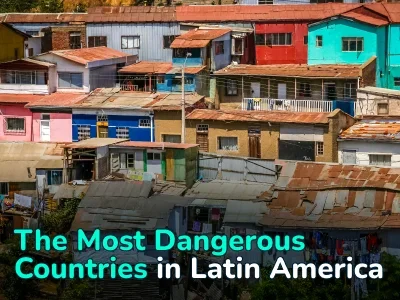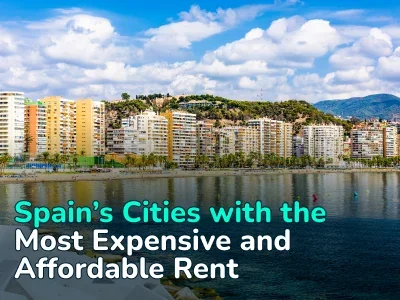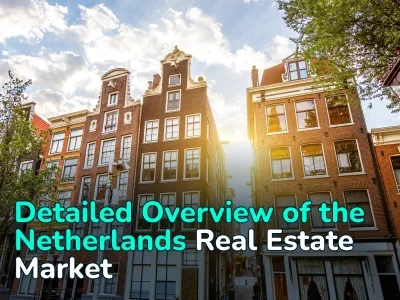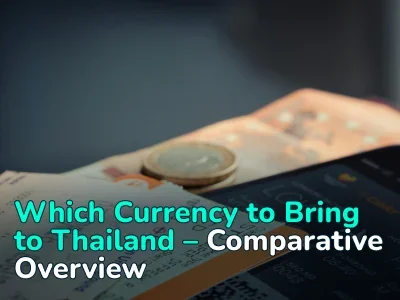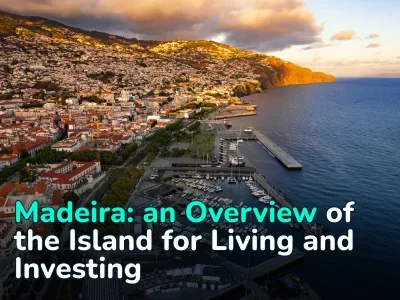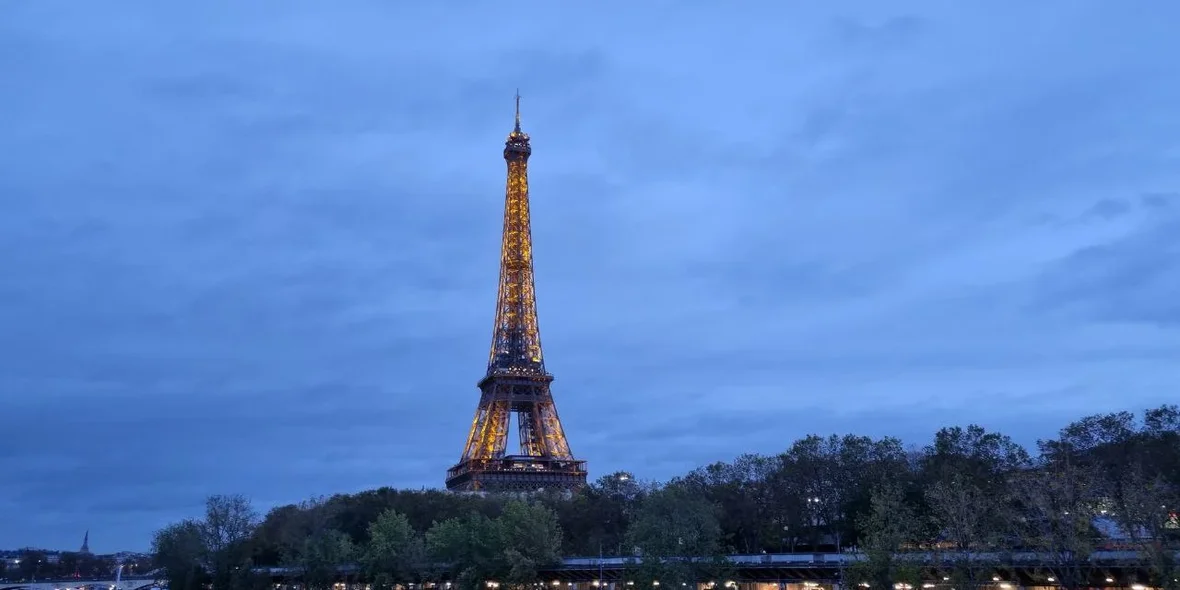
The Perfect Paris Itinerary in 2 days: Sights, Transportation, and Cafés
Paris attracts millions of travelers dreaming of seeing the Eiffel Tower, the Louvre, and Notre-Dame. However, beyond these iconic landmarks lie equally significant gems such as Montmartre and the Gardens of Versailles. Exploring all the city’s treasures can be challenging, even with its well-developed transport system.
This guide will help you visit the most interesting sights of Paris, even if you have only two days at your disposal. In addition, we’ll cover how to navigate the local transport system and where to experience the culinary delights of French cuisine — or simply grab a quick bite.
Getting to Know Paris
Paris welcomes millions of tourists every year, with the highest influx occurring in summer, from June to August. This season offers the most favorable weather, with minimal overcast days and warm temperatures ranging from 20–25 °C, occasionally spiking to an abnormal 35 °C.
However, summer also comes with downsides: high prices and long queues. That’s why the best time to explore major attractions is during spring or autumn. During these seasons, temperatures hover around 15–20 °C, and the number of tourists is significantly lower. Winter is considered the most budget-friendly option due to lower prices outside the holiday period.
It’s highly recommended to book tickets to major museums like the Louvre and Musée d’Orsay in advance to avoid queues that can take up to an hour. As for must-see landmarks like the Eiffel Tower, it’s best to visit early in the morning, as the peak visiting hours are between 1:00 PM and 4:00 PM.
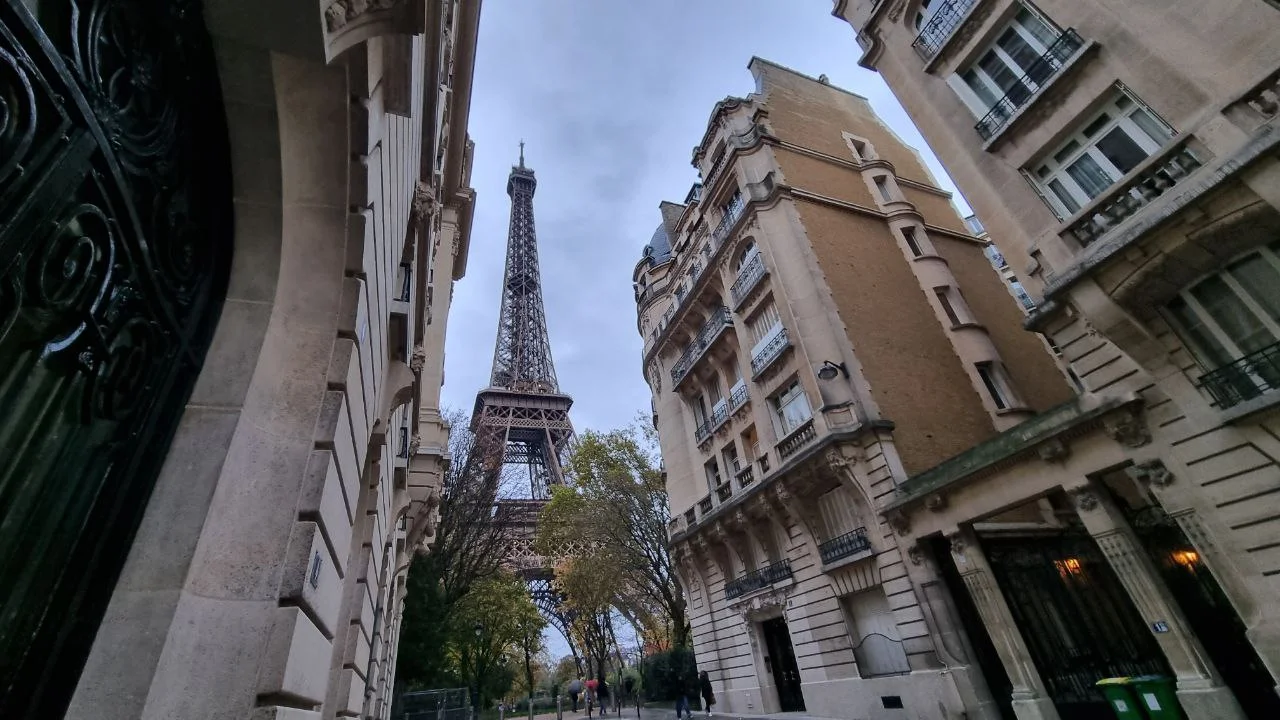
Transport in Paris
The Parisian transport system is one of the busiest in the world. At first glance, it may seem complicated and confusing, but once you understand it, navigating the city and its suburbs becomes relatively easy.
Main types of transport in Paris:
- Metro. The Paris Metro consists of 16 lines and over 300 stations, covering both the city and its suburbs. It operates from 6:00 AM to 12:45 AM (until 1:45 AM on Fridays and Saturdays), with trains running every 2–5 minutes. It’s ideal for quick travel within the city center — for example, from the Louvre to the Eiffel Tower.
- RER (Réseau Express Régional). The RER is a network of high-speed trains connecting Paris with the suburbs. Unlike regular commuter trains, parts of the RER run underground — sometimes even deeper than the metro. Within the city center, the RER functions much like a metro but with fewer stops. Operating hours are from 5:30 AM to 1:00 AM.
- Transilien. Transilien complements the RER and is sometimes considered a part of it. In essence, it’s a network of suburban and regional trains departing from major stations like Gare du Nord, Saint-Lazare, and Gare de Lyon. This network mainly serves outer suburbs such as Fontainebleau and Chantilly.
- Trams. Paris has 14 tram lines with conventional trams, in addition to the developing Grand Paris Express system. However, trams are rarely found in the city center — their main service area is the outer districts and suburbs.
- Buses. The bus network covers both Paris and its suburbs and operates from 7:00 AM to around 8:30 PM—12:30 AM. Night buses (Noctilien) run from 12:30 AM to 5:30 AM. After the mid-20th-century discontinuation of trolleybuses, buses became the primary surface transport mode.
For short distances, bikes and electric scooters are available for rent. Bicycles can be rented at Vélib’ stations, while scooters can be accessed via mobile apps such as Lime or Dott. They are often more practical for central Paris than cars, given frequent traffic congestion. Water transport on the Seine is also available. Although it has only nine stops, they include major landmarks like the Eiffel Tower, the Louvre, and Notre-Dame, making it both a scenic and functional travel option.
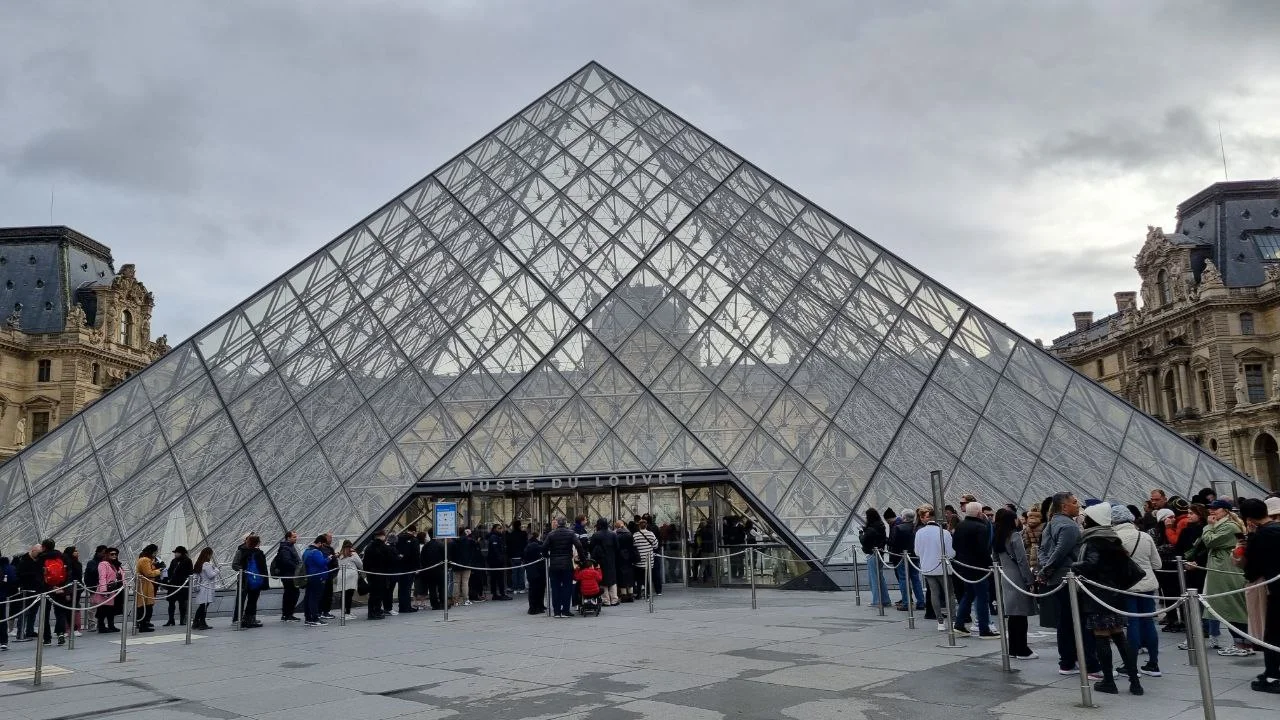
Transport Prices in Paris
To avoid delving too deeply into the complexities of the Paris transport fare system, let’s focus on the options specifically designed for tourists. There are several ticket types available: Paris Visite, Navigo Semaine, and comprehensive city passes such as Paris Passlib’, Paris City Pass, and Go City Paris Pass.
It’s also important to understand that Paris’s transport system is divided into fare zones, which mostly apply to suburban areas, though they are still relevant in central Paris when using regional trains.
Main fare zones of Paris:
- Zone 1. Central Paris, including most major tourist attractions. This is the most frequently used and also the most expensive zone in terms of transport fares.
- Zones 2–3. The immediate suburbs surrounding central Paris, usually within 5–10 km of the city.
- Zones 4–5. Outlying areas, major train stations, and airports. These zones cover more distant suburbs and commuter towns beyond the city limits — including the southern area toward Versailles.
- Zone 6 (and beyond). The outermost regions of the Île-de-France area, including cities like Meaux, Saint-Germain-en-Laye, and others. This zone applies to longer-distance travel outside the greater Paris region.
One of the most flexible options is the Navigo Liberté+ f are system,which charges your linked bank account based on actual usage. The card costs €2 and is set up via the Île-de-France Mobilités app. It allows free transfers between metro/RER/Transilien for up to 2 hours, and between bus/tram lines for 90 minutes. The daily spending cap is €12, excluding airport routes. This option is well-suited for travelers making no more than 3 to 6 trips per day.
|
Type of trip |
Full fare |
Reduced fare |
|
1 ride on Metro, RER, Transilien |
€1.99 |
€0.99 |
|
1 ride on Bus, Tram |
€1.60 |
€0.80 |
The standard fare for a single metro or RER trip is €2.50, and €2.00 for buses, meaning you save approximately €0.45 per trip using Navigo Liberté+ or multi-trip packs.
A Paris Visite is an unlimited travel pass valid for 1, 2, 3, or 5 consecutive days across Metro, RER, Transilien, buses, trams, and the Montmartre funicular.
There are two zone options:
- Zones 1–3: central Paris (most tourist attractions).
- Zones 1–5: includes airports (CDG, Orly), Versailles, Disneyland.
The pass also offers discounts of 10–20% on selected attractions, including Seine river cruises. Best suited for tourists making 7+ trips per day, especially when visiting suburbs or airports.
|
Duration |
Zones 1–3 (adult) |
Zones 1–3 (reduced) |
Zones 1–5 (adult) |
Zones 1–5 (reduced) |
|
1 day |
€13.55 |
€6.78 |
€29.90 |
€14.95 |
|
2 days |
€22.05 |
€11.03 |
€44.45 |
€22.20 |
|
3 days |
€30.05 |
€15.03 |
€62.30 |
€31.15 |
|
5 days |
€43.30 |
€21.65 |
€76.25 |
€38.10 |
A Navigo Semaine is a fixed-price unlimited pass valid from Monday to Sunday, covering all zones (1–5) and all transport modes. It requires the Navigo Découverte card and a passport-sized photo.
|
Type of pass |
Price (zones 1–5) |
Details |
|
Navigo Semaine |
€31.60 |
Must be purchased no later than Thursday of the previous week. |
|
Navigo Découverte Card |
€5.00 |
One-time payment for the reusable card. |
This is the most cost-effective weekly option, especially since a round-trip to the airport alone costs €26 — nearly covering the full price of the pass. However, it’s not practical if you’re arriving in Paris mid-week (e. g., on Thursday), as the pass would only be valid until Sunday, and cannot be used immediately for the following week.
Tourist Combo Passes include public transport access plus free or priority entry to museums, cruises, and guided tours. They are suitable for visitors who want both convenience and bundled cultural experiences.
|
Pass |
Price (adult) |
Includes |
|
Paris Passlib’ Mini |
€45–60 |
1-day transport (Zones 1–3), 1–2 museums, Seine cruise |
|
Paris Passlib’ City |
€90–120 |
2–3 days transport (Zones 1–5), Louvre, bus tour, cruise |
|
Paris City Pass |
€139–159 |
3 days transport, Louvre, Versailles, Orsay, cruise, skip-the-line access |
|
Go City All-Inclusive |
€189–209 |
3-day transport, 50+ attractions, cruises, tours |
|
Go City Explorer |
€79–179 |
1–2 days transport, free choice of a specific number of attractions |
If none of the passes suit your needs, single tickets can be purchased at vending machines, ticket counters, or via the Île-de-France Mobilités mobile app.
|
Ticket type |
Full fare |
Reduced fare |
|
Metro, RER, Train |
€2.50 |
€1.25 |
|
Bus, Tram |
€2.00 |
€1.00 |
|
Airport Ticket |
€13.00 |
€6.50 |
Single tickets and passes can be purchased through the website of the French state-owned public transportation company in Paris. After payment, the ticket is sent as a QR code to your email or app. Comprehensive tourist passes (Paris Passlib’, Paris City Pass, Go City Paris Pass) must be issued on the websites parisjetaime. com, turbopass. com, or gocity. com.
Most often tourists issue tickets on arrival at Charles de Gaulle (CDG) and Orly airports at ticket offices and machines, at RER B (CDG) or Orlyval (Orly) stations. At the tourist offices and counters at the stations, you can get advice on the nuances of buying and issuing tickets in English.
Where to Buy Tickets in Paris
Tickets and travel passes are available at all Metro, RER, and major train stations. Ticket counters generally operate from 7:00 AM to 8:00 PM, but at smaller stations, they may be closed or unavailable — so it’s recommended to use ticket machines instead. These machines accept cash (euros), bank cards (Visa, MasterCard; sometimes American Express), contactless payments (Apple Pay, Google Pay). The interface offers multiple language options, including English.
You can also purchase tickets and passes through the Île-de-France Mobilités app (iOS/Android), which has an English interface. Payment is made via a linked Visa or MasterCard. An alternative is the Bonjour RATP app, which includes the same ticketing functionality as well as real-time transport schedules. Electronic tickets must be validated directly on board using NFC or QR codes, depending on the system.
Single tickets and passes can also be purchased via the official website of Paris’s public transport provider. After payment, the ticket is sent as a QR code by email or directly to the app. Tourist passes such as the Paris Passlib', Paris City Pass, or Go City Paris Pass should be purchased via their respective websites: parisjetaime.com, turbopass.com, gocity.com.
Most tourists purchase their tickets upon arrival at the airports (Charles de Gaulle, Orly) either at ticket counters or machines located at RER B stations (CDG) or Orlyval stations (Orly). At train stations and tourist offices, you can also receive English-language assistance regarding ticket types, pricing, and usage.
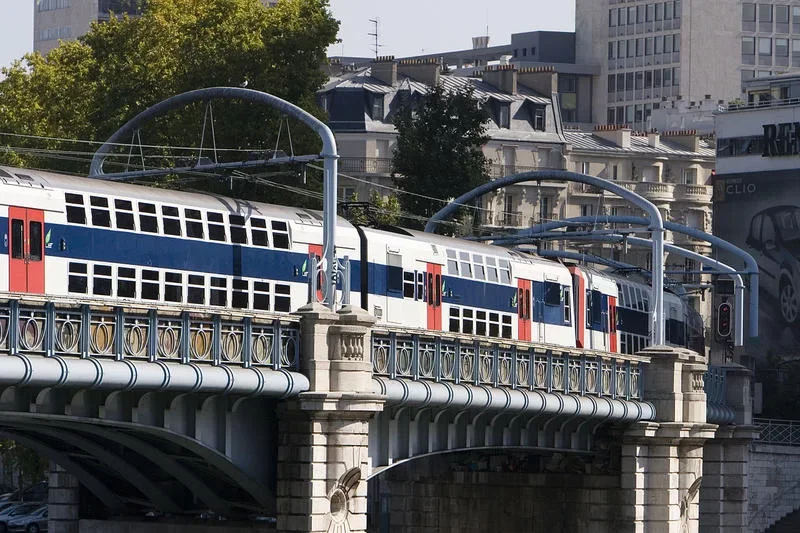
Photo source: paradis.voyage
First Day in Paris
You should begin your first day in Paris with a visit to the Louvre, the largest museum in the world, located on the right bank of the Seine. Its collection includes over 35,000 artifacts, spanning from Ancient Egypt to the 19th century. The museum’s most famous masterpieces include Leonardo da Vinci’s Mona Lisa, the Venus de Milo, and the Winged Victory of Samothrace. Allocate at least 2 to 3 hours just to see the key wings — Denon, Richelieu, and Sully.
Tickets can be purchased in advance on the official Louvre website. The best time to visit is on weekday mornings (the museum opens at 9:00 AM, closed on Tuesdays), when crowds are lighter and ticket prices may be lower. Inside, you can take a break at the Café Marly, located within the museum complex.
Tuileries Garden
Adjacent to the Louvre and Place de la Concorde, the Tuileries Garden is a historic 17th-century park originally designed for the royal Tuileries Palace. Today, it’s a perfect spot to relax after the museum, with symmetrical tree-lined paths, fountains, sculptures, and vibrant flowerbeds. In spring, the park is especially charming when everything is in bloom. A walk through the garden takes about 30 to 60 minutes, and entry is free. There are cafés in the park, and in summer it hosts fairs and amusement rides.
Île de la Cité and Notre-Dame Cathedral
The Île de la Cité is the historic heart of Paris. Its centerpiece is not only the city’s but the entire country’s most iconic landmark Notre-Dame Cathedral. This Gothic masterpiece, built between the 12th and 14th centuries, is adorned with stone gargoyles and intricate rose windows. It’s also the setting of Victor Hugo’s famous novel.
Viewing the exterior is free of charge, while the interior halls are gradually reopening and are not always accessible so better check the official Notre-Dame website for up-to-date visiting information. A walk around the island and the square in front of the cathedral will take about 1 to 1.5 hours. If time allows, you can also visit Sainte-Chapelle, a 13th-century Gothic chapel. It’s best seen on a sunny day to fully appreciate its spectacular stained-glass windows.
The Seine Riverbank
The banks of the Seine are more than just riverside walkways — they’re a UNESCO World Heritage Site, and one of the most picturesque places for an evening stroll. From here, you’ll see stunning views of Notre-Dame, the Louvre, and the historic bridges Pont Neuf and Pont Alexandre III.
About an hour and a half’s walk from the riverbank lies the Latin Quarter — a bohemian district full of narrow streets, bookshops, and small bistros. However, a truly memorable way to end the day is with a Seine river cruise, which offers views of Paris by night. Be sure to book your cruise in advance.
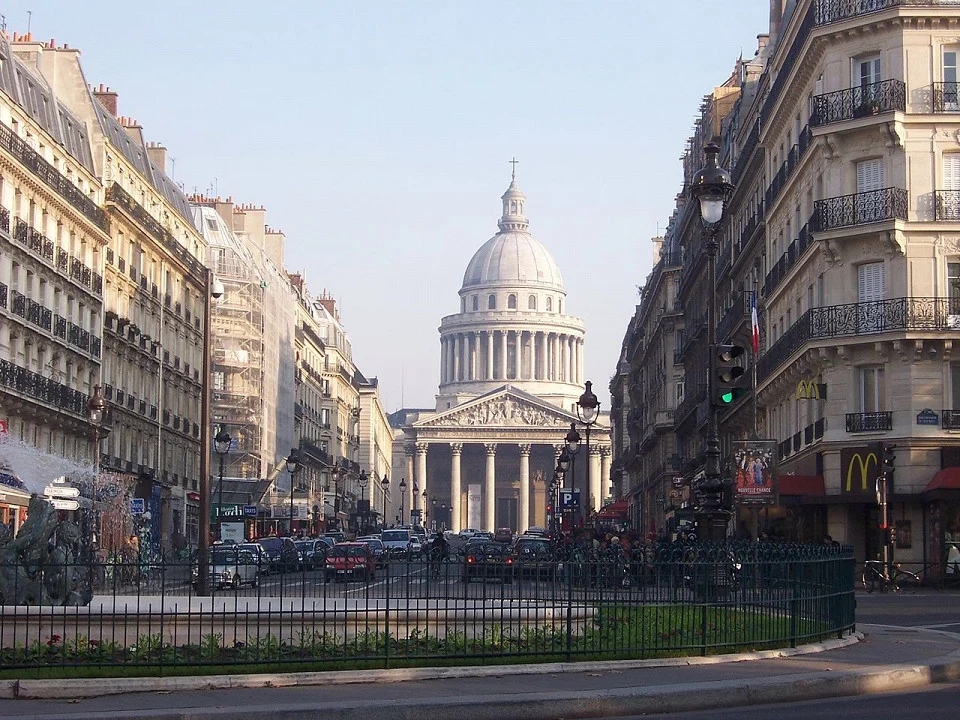
Photo source: tonkosti.ru
Second Day in Paris
Begin your second day in the historic Montmartre district, known for its bohemian atmosphere and artistic heritage. In the 19th and 20th centuries, it was home to Picasso, Van Gogh, and Dalí. Today, the neighborhood attracts visitors with its narrow streets, street performers, and themed cafés. The heart of Montmartre is Place du Tertre, where local artists offer portraits for €30—50. One of the most charming local landmarks is the “I Love You Wall” (Le Mur des Je t’aime) with a mosaic of love declarations in 250 languages.
Sacré-Coeur Basilica
At the top of Montmartre hill stands the Basilica of Sacré-Cœur, completed in 1914 as a symbol of national reconciliation after the Franco-Prussian War. This white Romanesque-Byzantine church offers a panoramic view of Paris.
Entry is free (open from 6:00 to 22:30). Inside, you can book a guided tour for around €28—30. Climbing to the dome is paid separately. A visit typically takes 30 to 60 minutes, and souvenir stalls are located nearby. Photography may be restricted inside the basilica, so it’s worth checking the rules in advance.
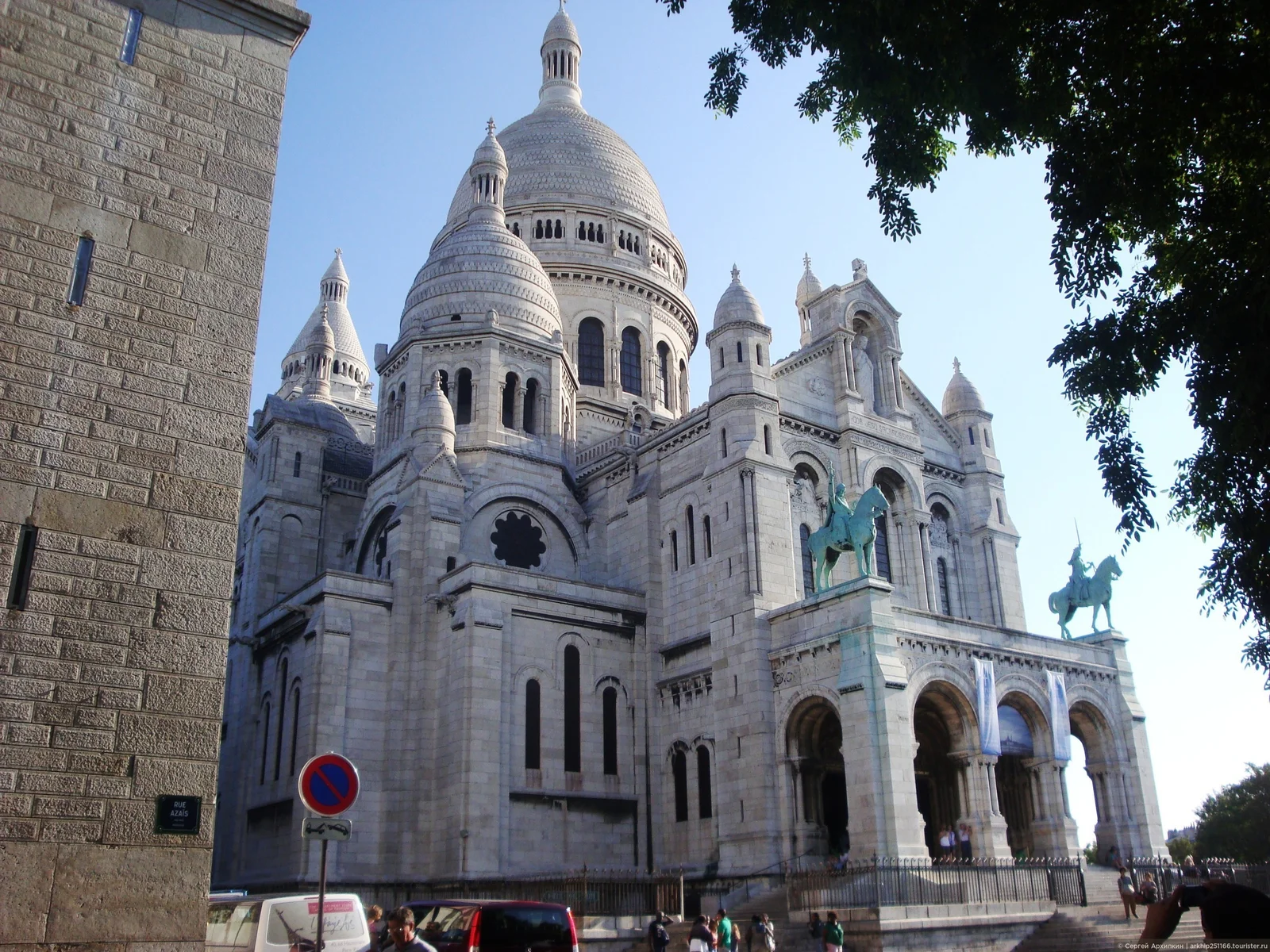
Photo source: img.tourister.ru
Eiffel Tower
The Eiffel Tower is Paris’s most iconic landmark and the symbol most often associated with France. Named after its creator Gustave Eiffel, it was built as a showcase of French engineering achievement. The tower has multiple levels, and in winter, a skating rink is sometimes set up at its base. You can reach the second level by elevator or stairs; access to the third level is available by elevator only.
Entry is ticketed, and current prices can be found on the official Eiffel Tower website, where you can also purchase e-tickets. While tickets to the second level are usually available, top-level tickets often sell out weeks in advance. During peak season, it can take 2–3 months to reserve access to the summit.
Champs-Élysées and Arc de Triomphe
The Champs-Élysées is Paris’s most famous avenue, stretching from Place de la Concorde to the Arc de Triomphe, completed in 1836 on Napoleon’s orders. Today, the avenue is a symbol of fashion, shopping, and city life. It is home to flagship stores of luxury brands like Louis Vuitton and Cartier, along with a wide variety of cafés.
A walk along the avenue takes about 1 to 1.5 hours. For a memorable experience, consider visiting the viewing platform of the Arc de Triomphe. Entry costs around €16. The view may not be as dramatic as from the Eiffel Tower, but it’s still impressive, especially in the evening when the city lights come on.
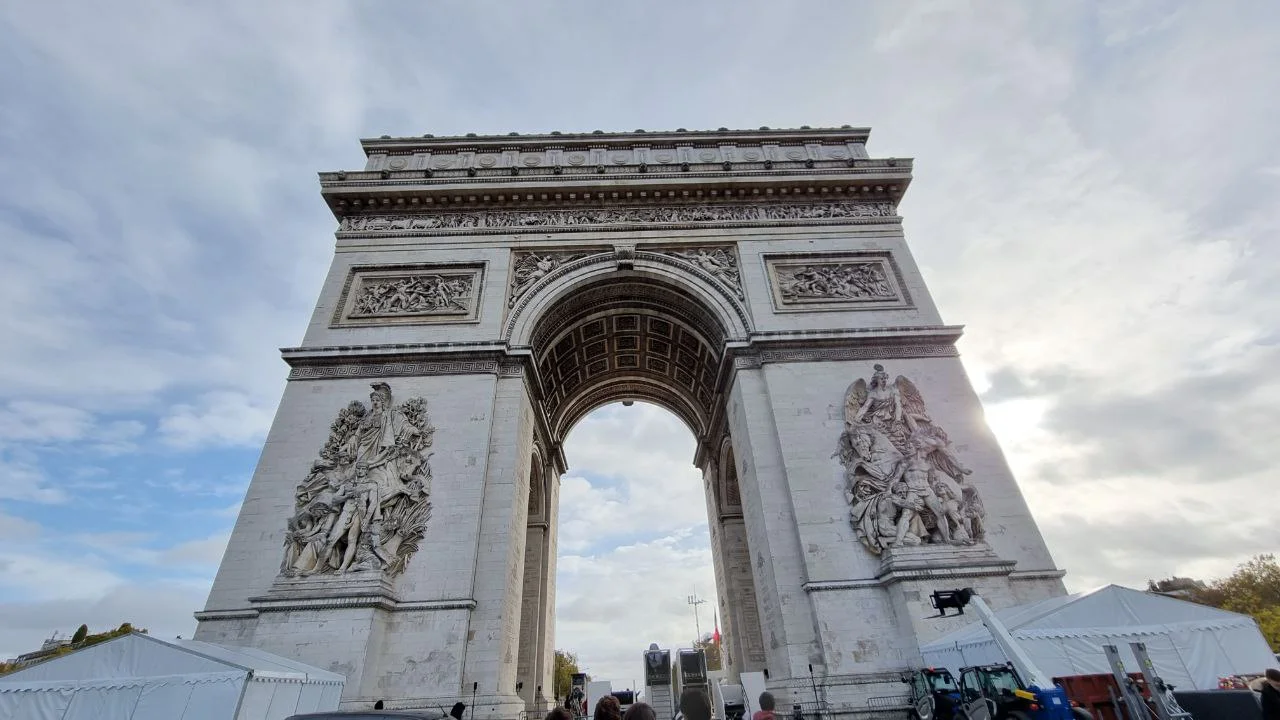
Gastronomic Paris
French cuisine in Paris is reason enough to take a dedicated culinary tour of the country. The famous flaky croissants cost between €0.90 and €3, and the French have elevated them into an art form from croissant-burgers to classic dessert variations with fillings, glazes, and inventive shapes. But Parisian cuisine doesn’t end with pastries. It’s also worth tasting French onion soup, duck confit, boeuf bourguignon, and much more.
At the heart of France’s food culture are Parisian boulangeries are bakeries where fresh baguettes, croissants, and traditional pastries. Some of the most celebrated bakeries include:
- Poilâne (8 rue du Cherche-Midi, 6th arrondissement) famous for its rustic sourdough bread and apple tartlets.
- Du Pain et des Idées (34 rue Yves Toudic, 10th arrondissement) known for its buttery croissants and signature pistachio escargot buns.
- Pierre Hermé (72 rue Bonaparte, 6th arrondissement) offers haute pâtisserie like macarons and refined desserts, including the raspberry and lychee “Isabelle” tart.
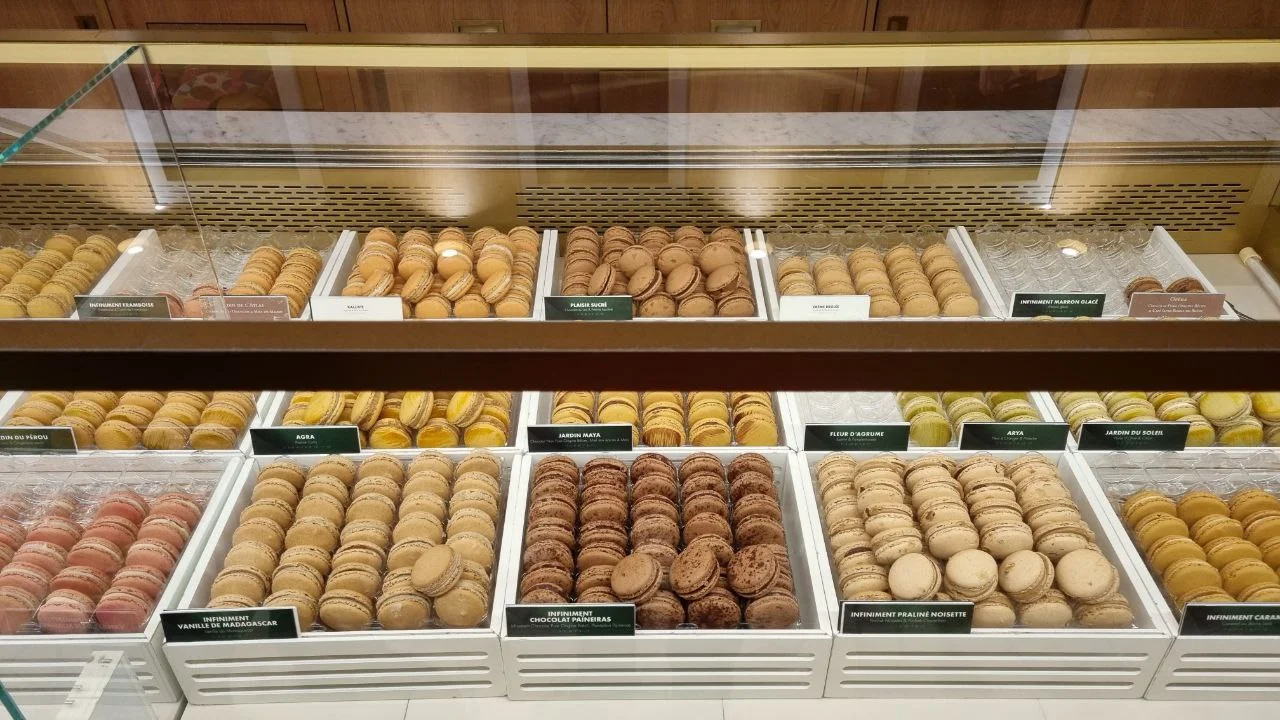
Among the most iconic cafés in Paris:
- Café de Flore (172 boulevard Saint-Germain, 6th arrondissement) is a Latin Quarter institution since 1887, once frequented by Sartre and Hemingway.
- Les Deux Magots (6 place Saint-Germain-des-Prés) its neighbor, with a similar atmosphere and renowned hot chocolate.
- Café Le Départ (1 place Saint-Michel) is a more affordable option, offering views over the Seine.
Those looking to experience fine dining can explore the city’s renowned restaurants. These include not only Michelin-starred establishments but also intimate neighborhood bistros. They typically operate from 12:00 to 14:30 and 19:00 to 22:00. For Michelin restaurants, advance reservations are essential.
Notable Parisian restaurants and bistros:
- Le Petit Châtelet (39 rue de la Bûcherie, 5th arrondissement) — near Notre-Dame, serving traditional dishes like onion soup, duck confit, crème brûlée, and fondue.
- Chez Janou (2 rue Roger Verdomme, 3rd arrondissement) — located in the Marais, known for Provençal cuisine and a selection of 80 types of pastis, including classic ratatouille and braised lamb.
- La Tour d’Argent (15 quai de la Tournelle, 5th arrondissement) — a Michelin-starred restaurant ideal for special occasions, with prices ranging from €120 to €200 per person.
The most affordable options are small street cafés and casual takeaways, such as Crêperie Genia (8 rue de la Harpe, 5th arrondissement), serving sweet and savory crêpes, sandwiches, and other easy-to-carry street food
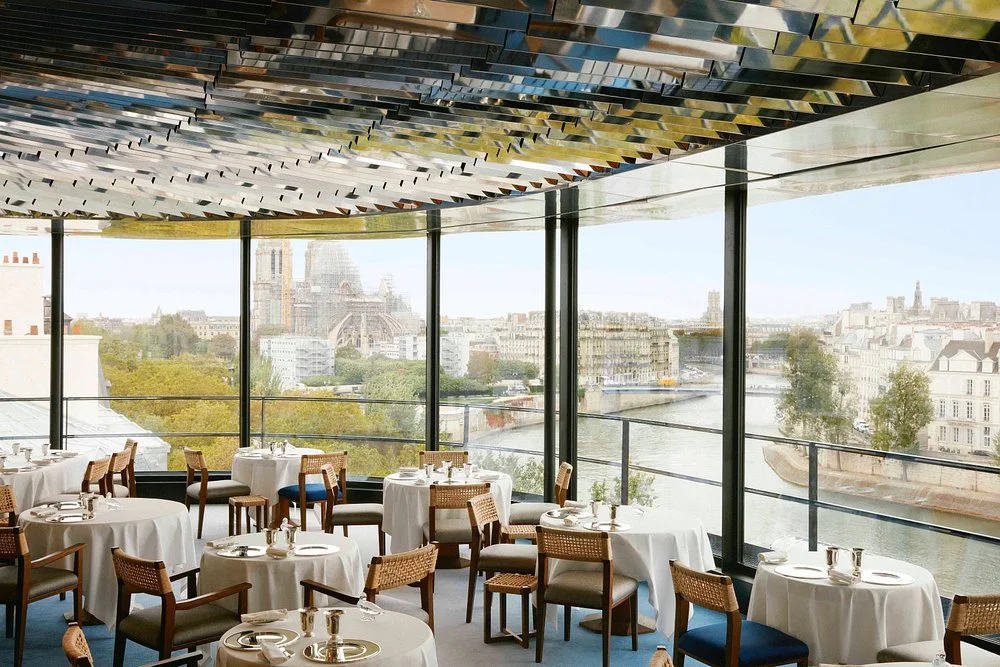
Photo source: tripadvisor.fr
Paris Is Worth Discovering Again
Paris is one of Europe’s oldest capitals, founded over 2,000 years ago. While it’s possible to see the city’s key landmarks in just two days, that’s far from enough to grasp its full richness. Among the many places worth adding to your itinerary are the Musée d’Orsay with its world-class Impressionist collection, the Centre Pompidou with modern art and a panoramic rooftop, the Marais district, and the scenic Canal Saint-Martin.
When it comes to culinary tourism, Paris could take months to explore properly. The city is full of wine shops offering curated pairings of fine wines and gourmet snacks — often featuring iconic French cheeses from neighboring fromageries. Whether you’re interested in traditional French cuisine with poultry-focused dishes, or the cutting edge of molecular gastronomy, Paris offers a near-infinite range of culinary experiences. It’s no wonder that France is considered one of the gastronomic capitals of the world.
In the end, Paris takes time to truly unfold. That’s why it’s always worth returning to discover another side of the French capital — one visit is never enough.
Author
I write informative articles about real estate, investments, job opportunities, taxes, etc.










